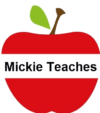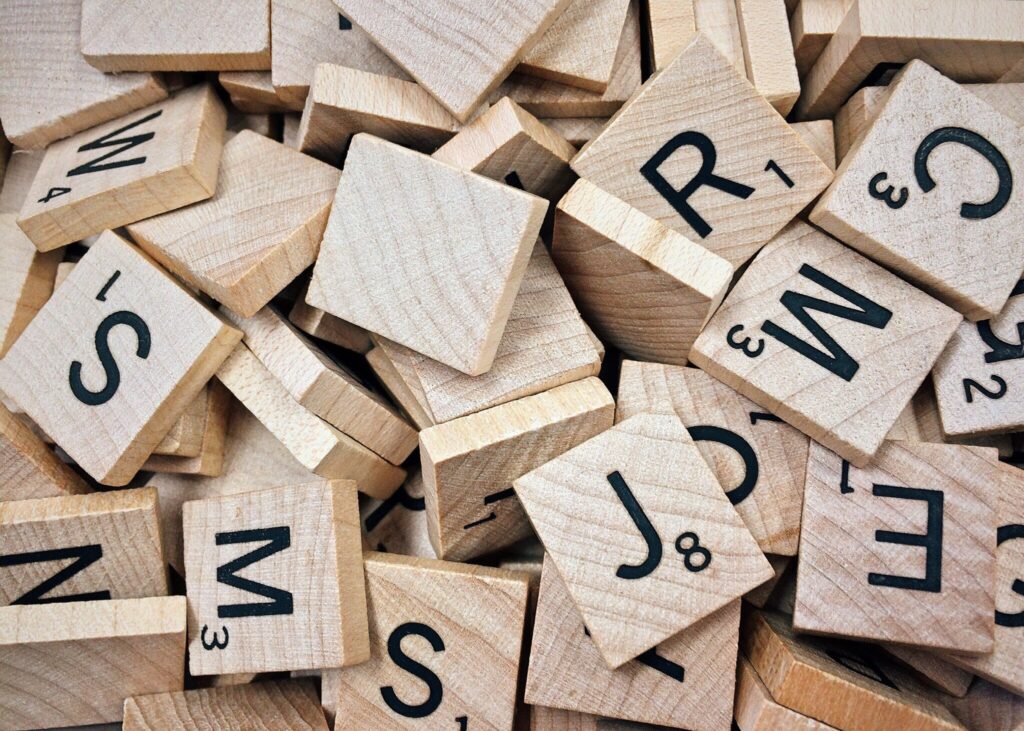Dyslexia Interventions That Improve Reading
When do you need dyslexia interventions? Is a learning disability the same thing as dyslexia? You can Google a list of famous people who are dyslexic, but what exactly is dyslexia? Dyslexia is one type of learning disability that involves reading and writing. Often people use the term dyslexia because it is a more socially acceptable term than learning disability, and that is just fine! With a few simple strategies you can dodge the effects of dyslexia.
Visual Processing and Dyslexia
Exactly what is happening when someone has dyslexia? One of the problems with dyslexia involves visual processing and reading. Someone with dyslexia struggles with the act of reading. It can be very labor intensive, with words and letters disappearing, flipping, or trading places. Sometimes the spacing of the words and letters will be distorted, with words overlapping and moving. Obviously, someone who has these problems will be a slower reader with a need to go back and reread text several times. These problems are not the result of poor vision, which should be ruled out, but the result of the brain’s inability to process the information accurately.
Phonics and Word Recognition
Sometimes the problem with reading goes back to a lack of phonetic understanding and relationships of sounds and syllables. Struggles with phonics leads to a struggle with work recognition. Intensive phonetic remediation and possible auditory processing intervention through a specialist can address these problems.
Comprehension
Another problem with dyslexia can be in comprehension. Sometimes the individual will be able to read most of the text smoothly, but the message getting to the brain is not clear. The comprehension of the text is compromised, and the individual does not understand the message. This person must also read and reread the text in order to understand the necessary information.
Dyslexia Interventions Strategies
Shirt Pocket Reminders
The first thing you should do is play to your strengths! If reading and writing is tricky, then become a good listener. In your mind, review what you are hearing. Make a quick note to yourself as a reminder, and figure out a system for the notes. Maybe you can put them in a shirt pocket, or maybe you can add sticky notes to you mirror! Send yourself a text or a voice message! You should figure out a system that works for you and then force yourself to use it regularly.
Use Electronic Text
With the advent of e-text, many companies now provide downloadable versions of fiction, nonfiction, and academic books. Companies like Kurzweil offer text reading software. The new readers like Kindle or Sony Readers have text-to-speech and are completely accessible. Learning Ally can also now provide free electronic textbooks. The student signing up for the service must provide a contact name as verification of need. Many textbook companies will provide an electronic version of the text with proof of textbook purchase.
Writing Software
Sometimes someone with dyslexia has trouble with writing text. These individuals can struggle with spelling, sentence structure, organization of ideas, and expression of those ideas. They can also have difficulty with word finding and sequencing skills. Many times the written text has missing words, flipped letters, simple words misspelled, or missing word endings. As a result, any and all of these issues will affect the quality and quantity of written work.
Writing technology can be a huge asset to someone with dyslexia. Clearly being allowed to type at a computer will aid in spelling and sentence structure. Research shows that some of the dyslexic processing problems are circumvented with typing rather than writing by hand. In addition, speech-to-text programs such as Dragon Naturally Speaking can aid in writing. Smart pens like Livescribe can be used to take notes with easy recall. When all else fails, someone can read the written work back to the student, but the student should make his or her own corrections in the writing.
Dyslexia is a challenge, but finding a way around the wall using dyslexia interventions can make all the difference in the world!



